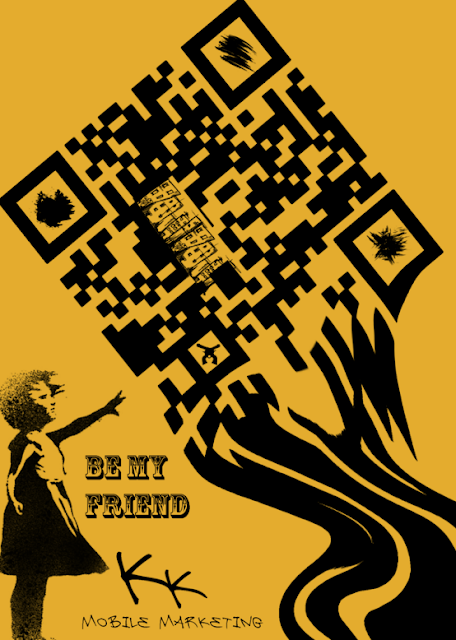Research
Coding has impacted our world because it is used to create all websites and apps. It is a 'language' that computers can understand. With the digital age still on the rise, I aim to present digital language using analogue techniques - Showing how the relationship between print media and the digital age can work together and print isn't dead.
Found out more information about coding so I had a better understanding:
- Code is a set of instructions (or rules) that computers can understand; it might be helpful to think of code as a recipe.
- People write code, code powers computers and computers power many everyday objects like phones, watches, microwaves and cars. In fact, almost anything powered by electricity uses code.
- There are many names for people who code: coders, programmers, developers, computer scientists, software engineers, etc.
- Computers run on binary code—written in 1s and 0s—which is very difficult for humans to work with. But just as people can understand different languages computers can understand different languages (like Python, C, C++, Perl, Visual Basic, Java, Javascript, Ruby and PHP, among others) which translate our instructions into binary.
- Learning to code is literally like learning a new language (learning to construct sentences, etc.).
- Many coding languages share similar basic features.
Coding isn't just one typeface, depending on the software and program
ECO CODING
Characters:
AUTOCODE
Characters:
I could use a traditional typeface such as Times or Clarendon to juxtapose digital content with traditional media.
QR codes are on the rise, they are becoming more and more recognised around cities on billboards to movie posters and business cards. And recently the've been cropped into art.
DataSpaceTime’s QR code portrait of Qaddafi points to YouTube videos. Image courtesy Microscope Gallery:
Interesting to see QR codes featuring in fine art galleries. The geometric shapes create grids, almost like pixels on a computer, which can suggest shapes due to the negative space. Trowbridge has used his knowledge of colour to make the QR code look like a pixelated image. Using a variety of colours almost denatures the QR code. I can relate this to my project by manipulating the colours of the QR code in order to suggest something else. My concept is based on the relationship between print media and the digital age. QR codes allow 'unprintables' to be seen from a publication. All the owner has to do is scan the code using a smart phone and it will redirect them to an external link.
QR codes are being introduced into street art:
Manipulating the QR code:
Artist Nicole Cullum Horn has painted an exterior QR code to promote Art Conspiracy which is an art collective that use their collaborative talents to create a giant art happening to raise money for grassroots art charities in Dallas. This is an example of how QR codes can benefit marketing and raise awareness. The QR code can not be simply deleted, it is pasted to the wall which means the audience has no choice but to look at it. If they use there smart phone, they can scan it which will reveal further information.
Further concept development:
Matrix
The visuals created for the Matrix trilogy uses coding as the subject. The outcome is digital due to the geometric characteristics of the type. The coding is made three-dimensional so it seems the characters are alive as they move around. This is a very futurist approach to communicating coding which is appropriate for the film.
QR Codes
http://hyperallergic.com/48885/qr-code-art-makes-its-way-into-the-galleries/
QR codes are on the rise, they are becoming more and more recognised around cities on billboards to movie posters and business cards. And recently the've been cropped into art.
DataSpaceTime’s QR code portrait of Qaddafi points to YouTube videos. Image courtesy Microscope Gallery:
Kyle Trowbridge
QR codes are being introduced into street art:
Manipulating the QR code:
Artist Nicole Cullum Horn has painted an exterior QR code to promote Art Conspiracy which is an art collective that use their collaborative talents to create a giant art happening to raise money for grassroots art charities in Dallas. This is an example of how QR codes can benefit marketing and raise awareness. The QR code can not be simply deleted, it is pasted to the wall which means the audience has no choice but to look at it. If they use there smart phone, they can scan it which will reveal further information.
Further concept development:
- Create a publication that replaces the content with QR codes
If people were to scan the codes in the publication it would come up with the content on the page. This links the relationship between print and digital media. I could also link the QR codes to articles that feature in my essay.
Thinking about the production process, I can linoprint the QR codes to make the publication more engaging, as well as taking advantage of print media.
Thinking about the production process, I can linoprint the QR codes to make the publication more engaging, as well as taking advantage of print media.
















